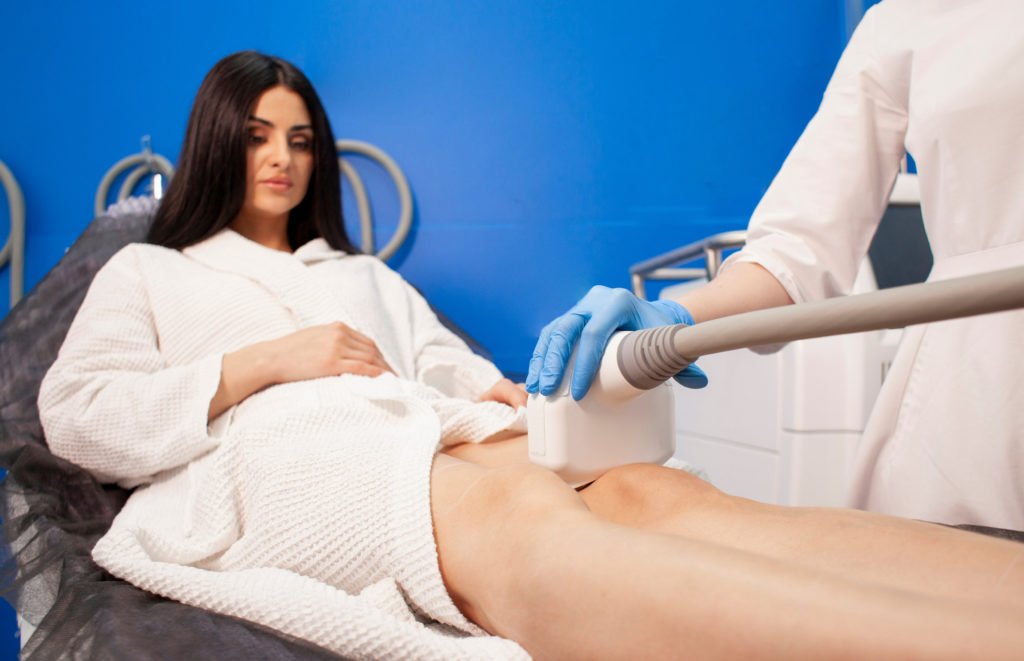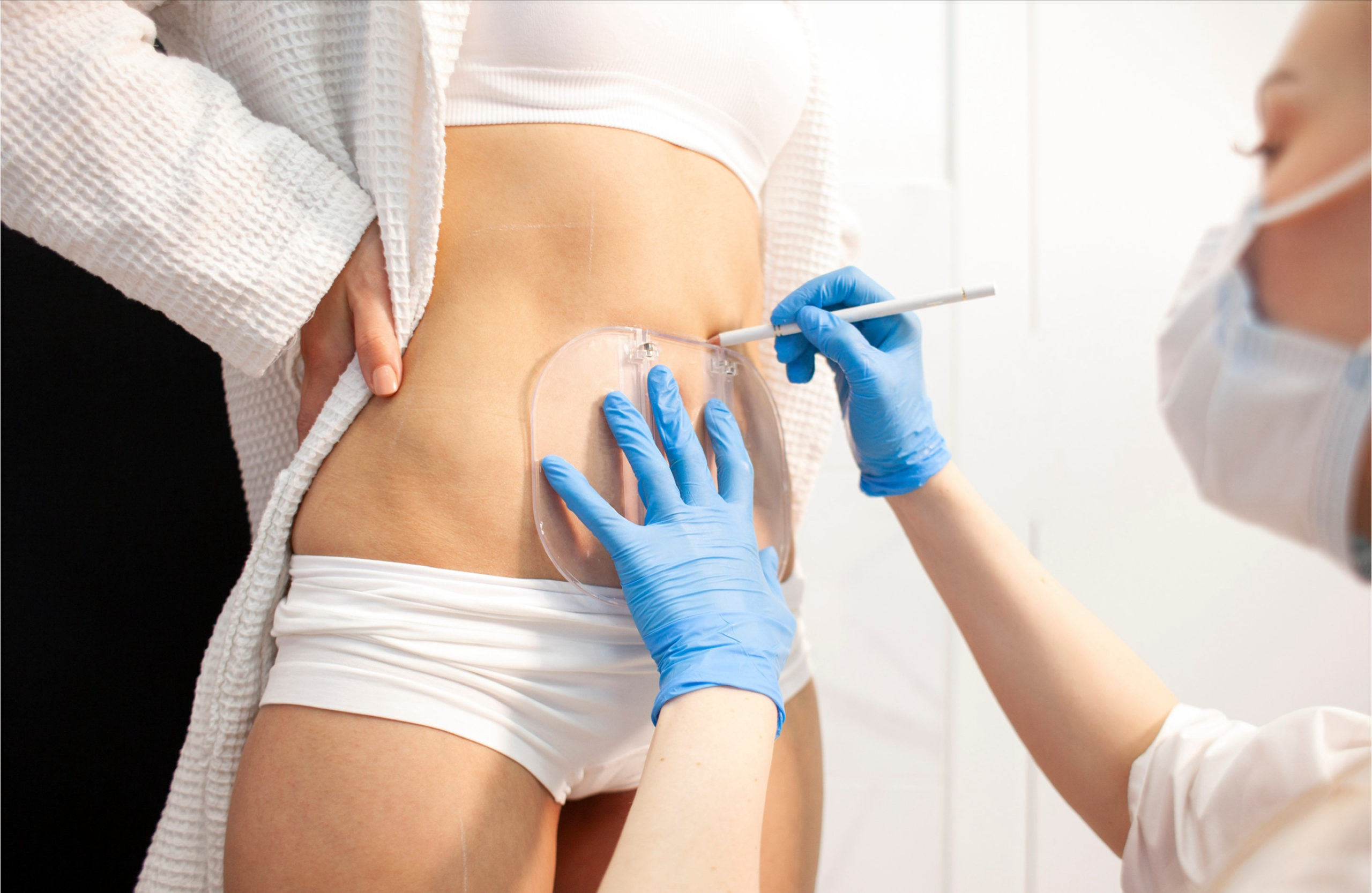After fashion model Linda Evangelista initiated and ultimately resolved a legal dispute against Zeltiq Aesthetics in 2022, claiming the development of paradoxical adipose hyperplasia as a result of multiple CoolSculpting sessions, some experts in the aesthetics field were curious about how consumers would continue to embrace the fat reduction procedure. The negative attention surrounding this case is believed to have had some impact on the procedure’s demand.
CoolSculpting makes up approximately 72% of noninvasive fat removal treatments performed in the United States and enjoys high patient satisfaction. Around 17 million CoolSculpting procedures have been conducted worldwide, with paradoxical adipose hyperplasia being an exceedingly rare side effect. With advancements in the technology, the incidence of this side effect has decreased.
CoolSculpting, also known as cryolipolysis, eliminates excess fat from stubborn areas by freezing it through a process called panniculitis. This technology was created by Dieter Manstein MD, PhD, and R. Rox Anderson, MD, at Massachusetts General Hospital and Harvard Medical School, and it received clearance from the U.S. Food and Drug Administration for noninvasive fat removal in 2010.
When a fat cell is eliminated in an adult, it cannot return. Initially, this technology was straightforward, with one treatment per area. However, now it’s understood that multiple treatments in one session can be done safely, achieving more significant results. Nevertheless, it typically takes a series of 35-minute treatment cycles and about three months to observe clinical results. Studies have shown that these results can persist even a decade after treatment, provided patients maintain their diet and exercise routines.
Also we have alternative noninvasive fat removal options:
• Ultrasound methods, such as high-intensity focused ultrasound (Liposonix) and pulsed focused ultrasound (UltraShape), though he described them as painful with challenging reproducibility of initial clinical results.
• Low-level light therapy devices like Zerona and UltraSlim, which had limited histological analysis, unclear mechanisms of action, and questionable efficacy.
• Laser-based treatment called SculpSure, which uses a 1060-nm laser to safely reduce fat cells in 25-minute sessions. It involves heating and cooling cycles and provides a 10%-12% reduction in fat, making it clinically significant yet relatively modest in effect.
A robotic version of this technology, known as the Robotic Fat Killer, is also accessible. Another option is the EON, an FDA-cleared touchless 1064-nm laser designed for reducing abdominal, flank, thigh, and back fat. It adapts to the body shape of the area and the individual to provide a personalized treatment.
• Radiofrequency is another method. Most available devices, such as truSculpt and Vanquish, utilize monopolar radiofrequency (RF) energy. Similar to the 1060-nm laser, you can tailor these treatments. The goal is to reach a specific temperature, and the treatment involves 15-minute cycles. There is clinical, histological, and ultrasound data supporting this technology.
However, there are times when patients are ‘too fit’ for CoolSculpting, and the handpiece doesn’t fit perfectly. In such cases, having a monopolar RF or a 1060-nm laser can be beneficial for targeting stubborn fat pockets.

• Deoxycholic acid, although not a device, is approved by the FDA for improving the appearance of submental fat in adults, but it’s often used off-label on the abdomen and other stubborn areas. It usually requires multiple treatments, and the main limitation is downtime. Compared to CoolSculpting, there is more swelling and bruising, which is expected with an injectable. Managing this downtime and providing support can be challenging. However, if patients can tolerate the recovery period, it can yield impressive results.
Also there is a potential of electrical muscle stimulation for strengthening, firming, and toning muscles. This technology delivers an electrical current through skin-placed electrodes to stimulate muscles or via an electromagnetic field.
In a study involving 45 men and women, Dr. Ibrahimi, along with Dr. Anne Chapas of UnionDerm in New York and colleagues, evaluated the safety and efficacy of an electrical muscle stimulation system for enhancing muscle strength and toning in the upper extremities. They used disposable contact pads with pairs of electrodes on the biceps and triceps. Patients received 30-minute treatments twice weekly for 2 or 3 weeks, depending on the study site, with follow-ups at 30 and 90 days after treatment. Strength measurements were recorded at various points.
Authors observed a roughly 40% increase in biceps strength and about a 30% increase in triceps strength. Interestingly, this effect continued to improve at the 30- and 90-day marks, indicating a lasting impact. In addition to increased strength, both researchers and patients noted improved arm appearance. This technology would have a role in functional medicine and in aiding injured athletes’ faster return to sports.
You can add your comment below or contact us to demand one of these non-invasive fat removal procedures in our Istanbul Clinic.

